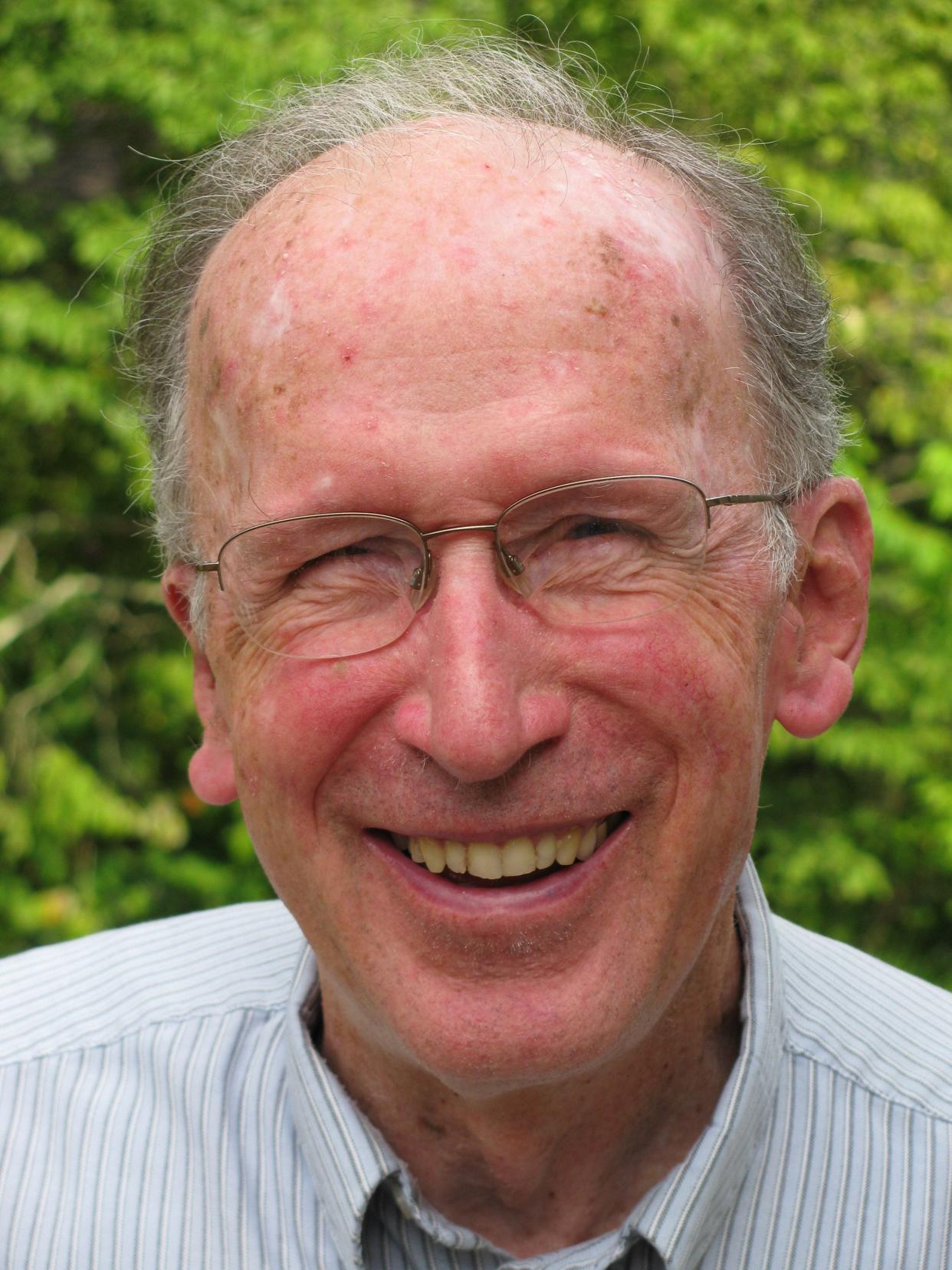Opinion: Large middle class needed to prevent poverty and raise all standards of living

Freedom of the individual under the law to seek and find work is a basic element in American democracy. This is a cornerstone of our capitalistic system in which individuals are free to create wealth for themselves. We do not expect everyone to create the same amount of wealth for themselves, but as a democracy emphasizing equality of all people, we would like to see a fair and equal opportunity for people to create wealth.
Our Constitution states the government should “promote the general welfare.” I believe most citizens are not comfortable with the great disparities of wealth in our country and feel that we should have a large middle class to prevent poverty and emphasize raising all standards of living.
More:Opinion: We've fallen short of our goal to treat all people equally, appreciate diversity
Nevertheless, looking at our country’s history of expansion and particularly the Industrial Revolution, it became clear that some people would acquire considerable amounts of wealth while others would remain or become poor. This period in the late 19th century became known as the Gilded Age, when wealth disparity climbed to dizzying heights. Although Teddy Roosevelt did much to check the inequality brought on by the “robber barons,” the unregulated capitalism of the “Roaring Twenties” increased wealth disparity.
Following the Great Depression, which continued well into the 1930s, the disparity was brought down steadily by Franklin Roosevelt’s actions to expand employment and reduce stock market manipulation by the wealthy. The result was a multi-decade period of dramatic increases in America’s middle class and reductions in wealth and income inequality.
A shift took place in the 1980s. Significant tax cuts and regulatory reductions implemented by the Reagan administration caused wealth disparity to turn dramatically upward again. Building on these were even larger tax cuts from the second Bush administration.
Another factor that has driven up wealth disparity are stock buy-backs, which had been banned under FDR but were re-authorized by Reagan. These and other causes drove the share of wealth owned by the top 1% in 2016 to 38.5% and the bottom 40% to less than 1%. CEO-to-worker pay ratio was 42 to 1 in 1980 when Reagan took office, but increased to 325 to 1 by 2010, aided significantly by stock price manipulation and tax policies. Clearly the strategy of pushing more wealth at the wealthiest in the hope that some will “trickle down” to the poor and middle class does not work.
More:Opinion: Barbara Walters: Special memories of a mentor and broadcast legend
Among several “select committees” the last Congress established was the Congressional Committee on Economic Disparity. They noted the United States is one of the most unequal of the wealthy nations. The Committee worked in a bi-partisan fashion to examine the causes of income and wealth disparity and recommend actions to address it. The extensive committee recommendations must be taken seriously if we are to make “promote the general welfare” more than just words in our Constitution.
In general, people have been slow to recognize the social constraints on gaining wealth, preferring to blame the poor for their poverty. Some constraints on accumulating wealth are legacies of our history of discrimination based in slavery, segregation, and various voter restrictions. Other social constraints on gaining wealth include lower educational levels, poor housing, lack of inherited wealth and savings to build on, and lack of ownership of property. Discriminatory hiring practices and red-lining in real estate purchasing are other examples. Health care is a major problem for the poor and greatly hinders their accumulation of any wealth.
More:Opinion: Focusing only on LGBTQ 'groomers' is what puts kids at risk for sexual abuse
The recommendations of the committee emphasized correcting many of the social constraints on gaining wealth. They emphasized investing in people, beginning with child care and continuing education and helping families have economic security. Many legislative and court decisions are still needed in our regulated capitalistic system to reduce the wealth disparity. A major negative effect of the concentration of wealth is the influence of the wealthy and corporations in government. They lobby for tax policies and regulatory changes to favor themselves. One result of their lobbying is that taxes on income generated by capital (property and investments) are now well below taxes on income from labor (salary and wages).
More legislation is needed to bring complete transparency and control on the influence of money in government legislation and regulations. The poor need to be lifted, but also the large middle class should be able to advance economically. We want a free but fair society that balances the wealth of the few with the ability of the rest to better their lives.
Rev. Robert L. Montgomery, Ph.D., lives in Black Mountain.
This article originally appeared on Asheville Citizen Times: Accumulation of wealth leads to disparities in health, education, homes

